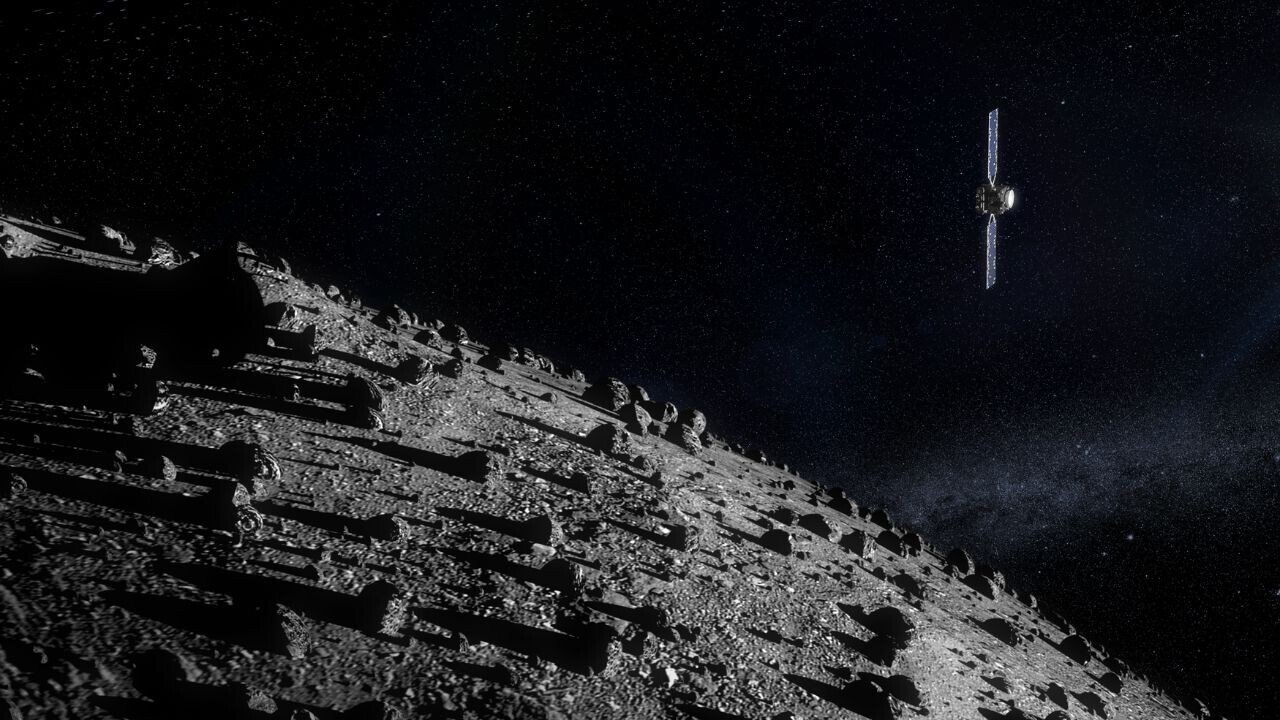Europe's spacetech elite are making their final preparations for a groundbreaking meeting with an asteroid.
A spacecraft called Hera — named after the Greek goddess of marriage — will make the rendezvous. The probe is slated for launch on October 7.
If all goes well, Hera will then complete a detailed inspection of Dimorphos — a binary asteroid that's also caught the eye of NASA.
Back in 2022, the agency's DART spacecraft deliberately smashed into Dimorphos. The collision contributed to a test of humanity's planetary defences.
NASA wants to prove that we could divert a giant space rock hurtling towards Earth — and avoid the same fate as the dinosaurs.
Hera will measure the impact of DART's strike. The probe will analyse shifts in the asteroid's momentum and changes to its composition.
The European Space Agency (ESA) is leading the mission. But much of the tech onboard the probe has been built by startups.
A public-private mission
A stellar set of 28 startups and SMEs have worked on Hera. Among them is Finland's Kuva Space, which applies a technique called hyperspectral imaging to analyse wavelengths of light. By capturing this data, the company can unravel new insights about scanned objects.
For the Hera mission, Kuva has worked on the spacecraft's life support interface board, which connects the probe and its two CubeSats. Hera will deploy the CubeSats to gather data on Dimorphos.
Kuva has also contributed to the probe's hyperspectral camera, which ESA will use to scan the asteroid.
“They want to check whether they can detect the mineral composition of the asteroid without an impact crater on the asteroid,” says Tuomas Tikka, Kuva's founder and CTO.
The mission provides a chance to fine-tune Kuva's hyperspectral business plan. By 2030, the company aims to deploy a constellation of 100 satellites. Jarkko Antila, the startup's CEO, wants them to create “the Bloomberg of planetary insights.”
Tikka also wants to explore another business idea: mining asteroids.
The business case for asteroid mining
Asteroids contain a diverse array of valuable materials. Hyperspectral imagery could help find and extract them.
“It might be a bit in the future still,” Tikka says with a smile. “But when we make hundreds of millions with the Earth-based applications, then we'll have the money for the asteroid mining.”
ESA can play a key role in bringing dreams like this to reality. The agency's programmes offer funding for spacetech firms and unique tests in the cosmos.
“This ongoing support to startups working in new space is important, because not everything can be commercialised immediately,” Tikka says.
Kuva will now head to Cape Canaveral, Florida for Hera's launch. The probe is due to launch on a SpaceX Falcon 9 rocket this Monday, but there are threats of a delay.
Falcon 9 has been grounded since an upper-stage anomaly during a launch on September 28. But if the rocket flies as planned, humanity will move a step closer to deflecting asteroids — and, potentially, mining them.
